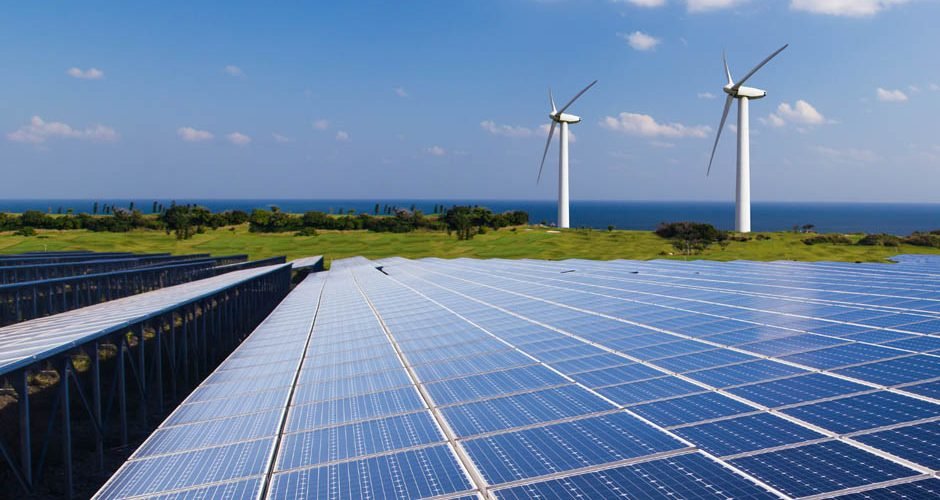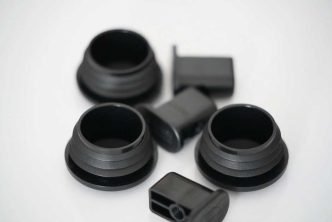The need for clean electrification has become more evident in today’s rapidly changing world. As we face the acute challenges of climate change and environmental degradation, transitioning to clean energy sources is no longer just an option; it is imperative. It offers a sustainable solution that can significantly reduce greenhouse gas emissions, air pollution, and our dependence on fossil fuels.
It mitigates the adverse effects of traditional energy sources and unlocks economic opportunities. Moreover, it stimulates innovation, creates jobs in the clean energy sector, and promotes energy independence. By harnessing the power of renewable energy, such as solar and wind, we can create a cleaner, greener future for coming generations.
Read on to learn more about how clean electrification is the right path for sustainability, and its advantages for environmental sustainability.
What Do You Mean by Clean Electrification?
Clean electrification refers to the revolutionary shift towards powering our world with electricity from renewable energy sources. It represents a transformative approach for decarbonising our energy systems, reducing harmful greenhouse gas emissions, and mitigating the impacts of climate change. Electrification promises a sustainable future where clean and green energy powers our homes, industries, and transportation networks. It means bidding farewell to using fossil fuels and embracing a cleaner, more efficient, and resilient energy infrastructure. It represents an environmental and an economic opportunity, driving innovation, job creation, and technological advancements.
How Clean Electrification is the Right Path for Sustainability?
- Reduction of Greenhouse Gas Emissions: Electrification is essential for achieving sustainability because it significantly reduces greenhouse gas emissions. By shifting from fossil fuels to clean electricity sources, we can minimise the carbon footprint associated with energy production. This helps combat climate change and contributes to a cleaner, healthier planet.
- Improved Air Quality: One of its significant benefits is improving air quality. Traditional combustion-based technologies release harmful pollutants such as SO2, nitrogen oxides and particulate matter into the atmosphere, leading to air pollution and adverse health impacts.
- Renewable Energy Sources: It relies on renewable energy sources, which are inherently sustainable, unlike fossil fuels, which are finite and contribute to environmental degradation. By prioritising clean electrification, we can harness the power of sunlight, wind, water, and geothermal energy to meet our energy needs.
- Energy Efficiency: Electrification often goes hand in hand with energy efficiency measures. Electric vehicles, for instance, are more energy-efficient than internal combustion engines, resulting in reduced energy consumption and lower emissions per mile travelled.
Technological Solutions Supporting Clean Electrification
- Smart Grids: These solutions have transformed traditional power grids into smart grids, optimising electricity distribution and reducing energy waste. Smart grids use advanced sensors, meters, and automation systems to monitor energy consumption and adjust supply in real-time.
- Electric Vehicles (EVs): Innovations in the automotive industry have led to the rise of electric vehicles, significantly contributing to clean electrification. EVs produce zero tailpipe emissions, reducing air pollution and greenhouse gas emissions.
- Energy-efficient Appliances: Appliances, ranging from refrigerators, air conditioners, and lighting systems to industrial machinery, have been made possible through technological solutions. These appliances are designed with features such as smart sensors, power management systems, and enhanced insulation, which help to save energy and reduce electricity consumption.
- Internet of Things (IoT) Integration: The integration of IoT technology with electrification has revolutionised energy management and efficiency. Smart devices connected via IoT networks allow for real-time monitoring and control of energy consumption.
The path to a sustainable future lies in embracing clean electrification as a powerful solution. By shifting our reliance on fossil fuels to renewable energy sources, we can reduce carbon emissions, combat climate change, and create a brighter future for future generations. Through technological advancements, policy changes, and collective action, we can transform our energy systems and achieve a world powered by clean electricity. Therefore, connect with one of the top industry leaders who will provide electrification solutions.





